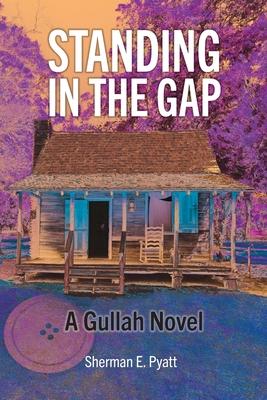Although freedom came to enslaved African Americans after the Civil War, many Gullah families remained isolated on South Carolina barrier islands where they worked the land, the rivers and the sea. Standing in the Gap, much of it written in a Gullah patois, is about typical African-American family life from 1915 to 1917 on Wadmalaw Island and in nearby Charleston.
The Logan-Rouse line of sea islanders includes young Jacob Rouse who, like his late grandfather "Big Leon" Logan, possesses an eerie connection to the spiritual world brought with them five centuries earlier from Africa.
The story opens on a humid summer day with the arrival of the midwife at Jacob's grandmother's house, where the boy's aunt is about to deliver her first child. We soon learn Jacob is an especially spiritual child born "under the veil" with a distinctive birthmark. An enigma to family and friends, Jacob provides relief from their burdens. He is a gift from above who, the old folk say, is "standing in the gap" between Heaven and Earth. This story is abundant in African-American tradition, culture and suspense, and expressed in an authentic Gullah dialect enlightening and enjoyable, especially if read aloud. Charleston native and author Sherman E. Pyatt includes a helpful glossary of Gullah words, a collection in itself worth the purchase price.
